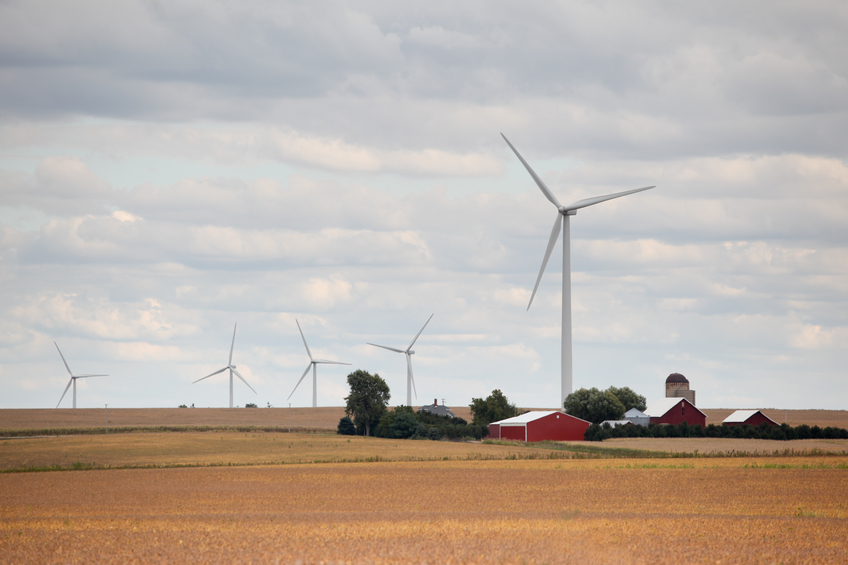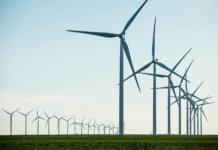NaiKun Wind Development Inc., a subsidiary of Vancouver-based NaiKun Wind Energy Group Inc., has made aggressive progress since March in the development of its 1,750 MW wind farm proposed for the Hecate Strait off the coast of British Columbia. In addition to securing funding and partnerships designed to move the developer closer to constructing the first 320 MW of the offshore wind farm, NaiKun announced in May a distinctive relationship between NaiKun and the Haida Nation, a Canadian First Nation band.
In March, the developer closed financing for C$4 million through the sale of shares and units of NaiKun and signed an agreement for ENMAX Corp. to invest in and work with NaiKun in certain strategic areas of the project's first development phase. NaiKun announced in early May that Siemens Power Transmission & Distribution will collaborate with the developer on transmission infrastructure for the project and Germanischer Lloyd Wind Energy will be the project's certification engineers.
The latter announcement was made in conjunction with the news NaiKun had signed a Memorandum of Understanding (MOU) with the Haida Nation of Haida Gwaii, a group of islands – also known as Queen Charlotte Islands – separated from British Columbia by the Hecate Strait. The MOU established a framework under which the developer and the Haida Nation will cooperate during the first phase of the offshore wind farm's development.
The agreement includes a commercial relationship between the Haida Power Authority and NaiKun Operating Co., which will be responsible for operation and maintenance of the project. Furthermore, the partnership may allow for employment and training opportunities and marketing of greenhouse gas credits from the wind farm.
NaiKun and the Haida Nation followed up the news of their cooperative agreement with an announcement that they had entered a second MOU to establish HaidaLink – an interconnection between Haida Gwaii and British Columbia's energy grid that would deliver wind power to the islands. As the majority owner of the HaidaLink, the Haida Nation would finance construction of the interconnection.
Currently independent of the main grid and largely dependent on diesel fuel generation, Haida Gwaii would not require more than 10 MW from the offshore wind farm, as the islands have a small population with limited energy demand, explains Ray Castelli, president and chief executive officer of NaiKun Wind Development. "BC Hydro already serves Haida Gwaii," he adds, "so output from the wind farm would be sold to BC Hydro, and part of that output would go to the islands."
The cooperative agreements between NaiKun and the Haida Nation are the direct result of several years of initiatives on behalf of the Council of Haida Nation to educate the Haida about the wind farm as well as educate NaiKun about the any concerns the Haida have regarding the project.
"Provided this project meets our conditions," cautions Arnie Bellis, vice president of the Council of Haida Nation, "we look forward to a long and fruitful relationship with NaiKun."
The project, which is scheduled for initial construction in 2009, already is under environmental review as required by the Canadian Environmental Assessment Act and the B.C. Environmental Assessment Act and must undergo a thorough review by the Haida Nation. However, Castelli does not anticipate the same level of opposition to the project as experienced by Cape Wind's offshore wind farm proposal in the U.S.
"The wind farm is sited 50 kilometers from local populations, and there are no shipping lanes running through the site because the [Hecate] Strait is shallow," says Castelli. It may take up to two years to complete the first phase once construction begins, says Castelli, adding that the construction time line will depend on which wind turbine type NaiKun chooses for the project.
© Copyright Zackin Publications Inc. All Rights Reserved.



